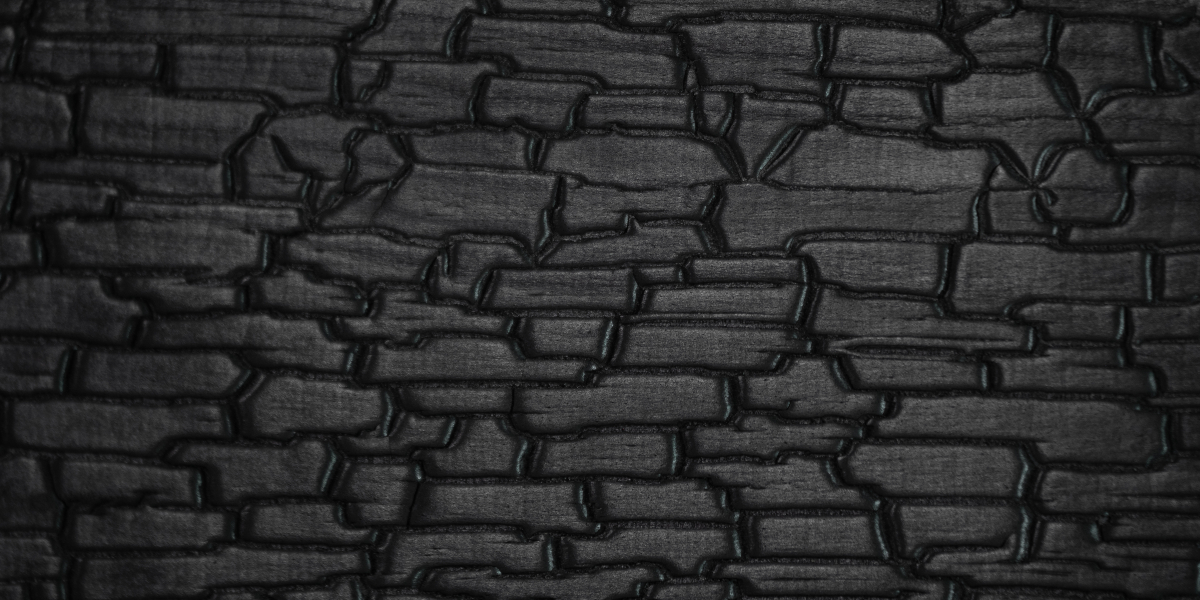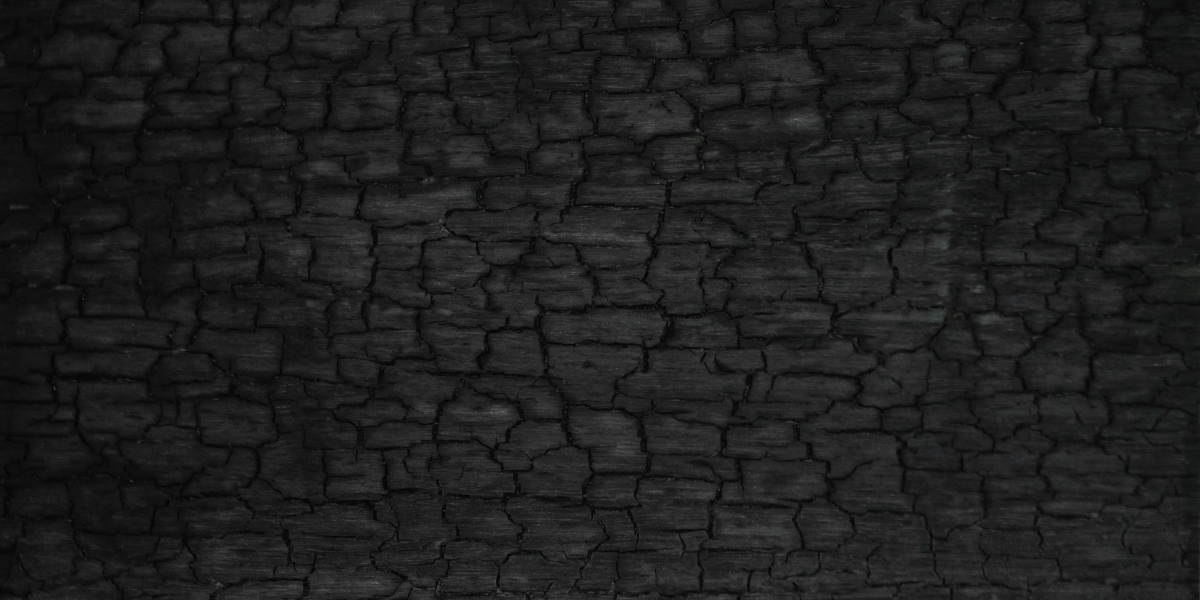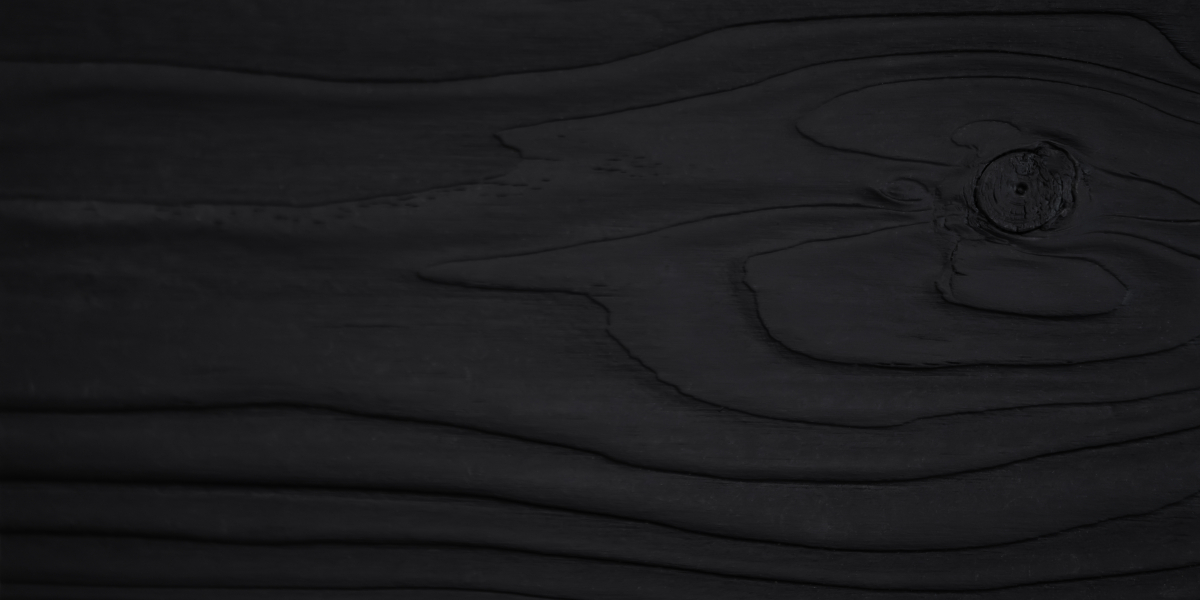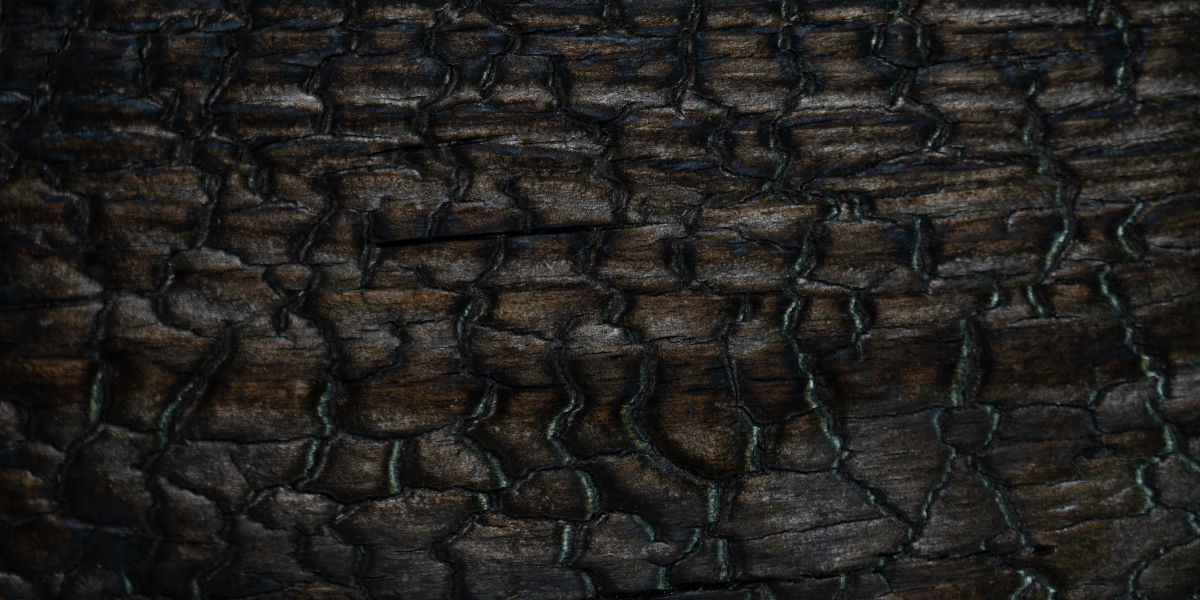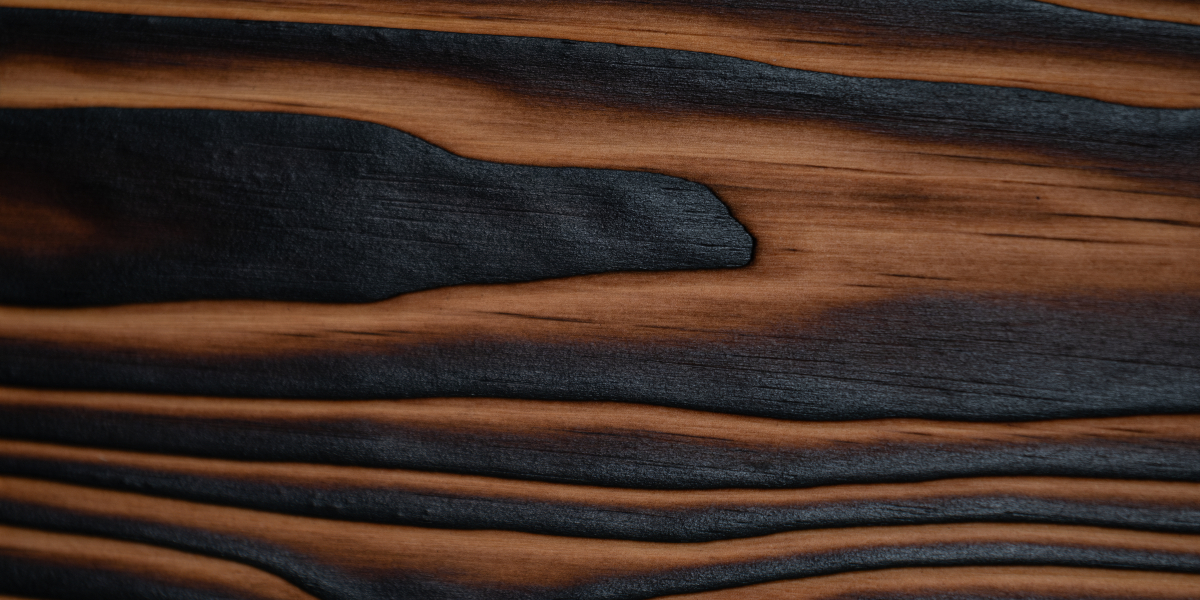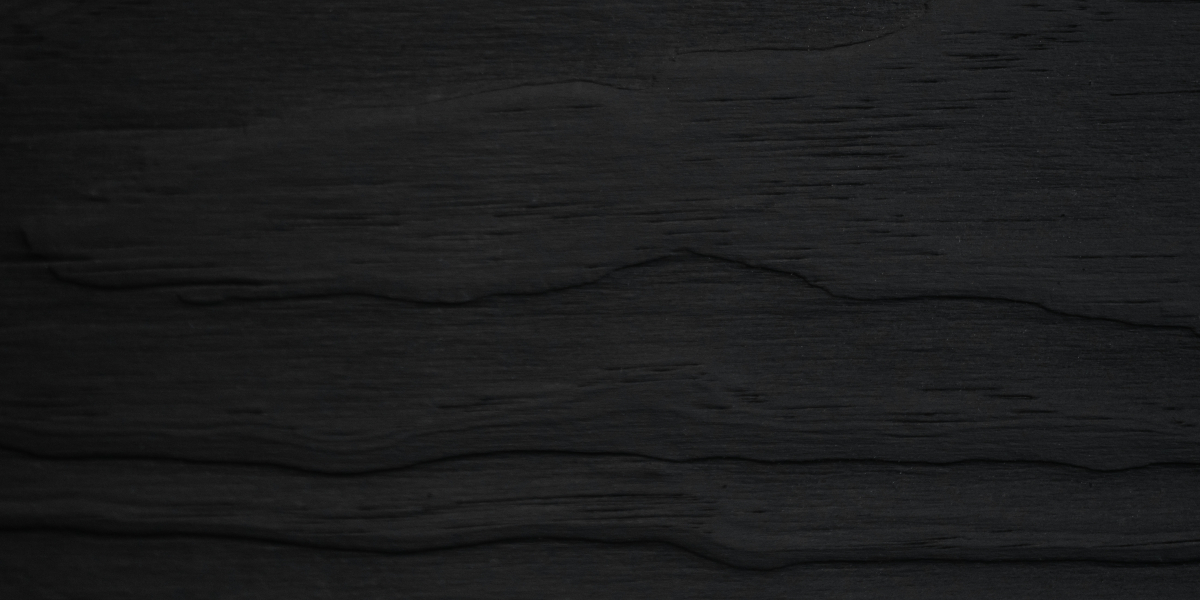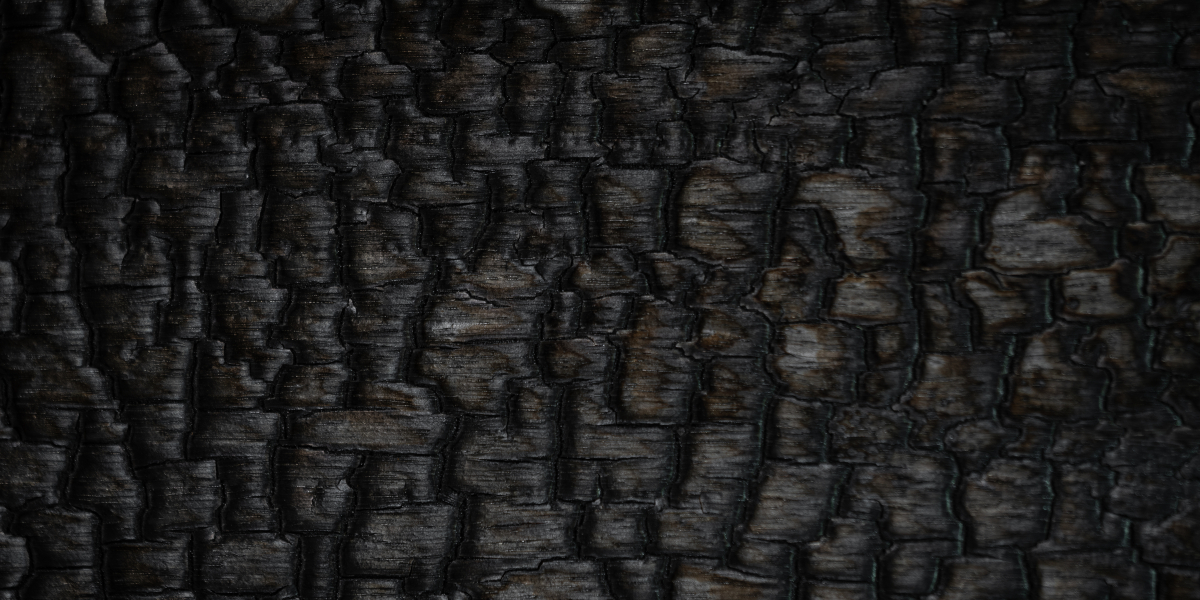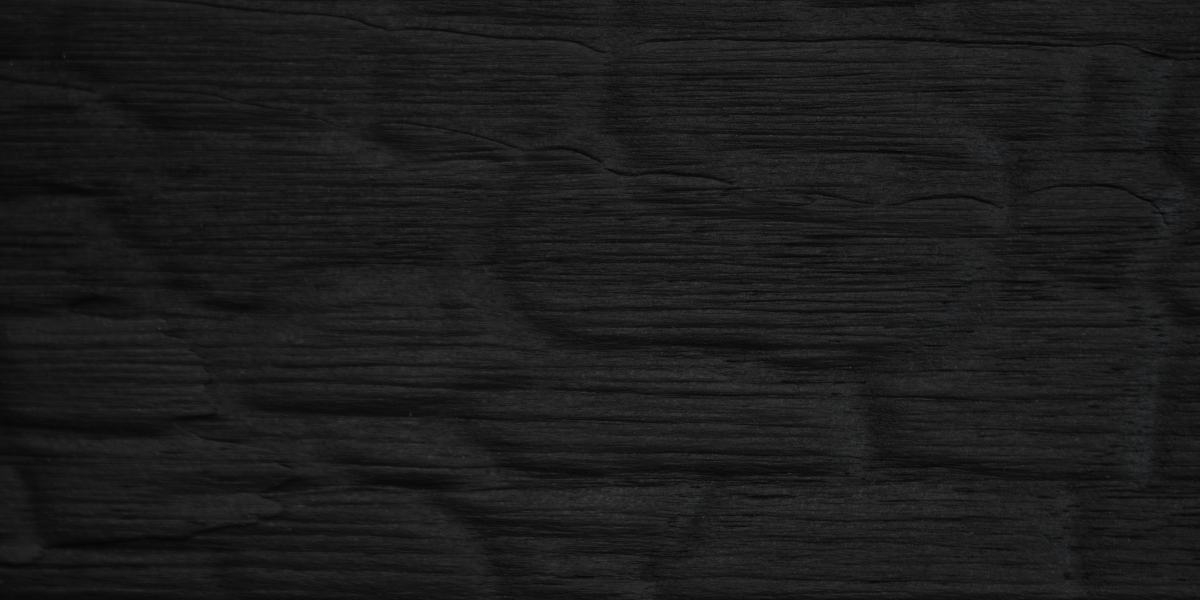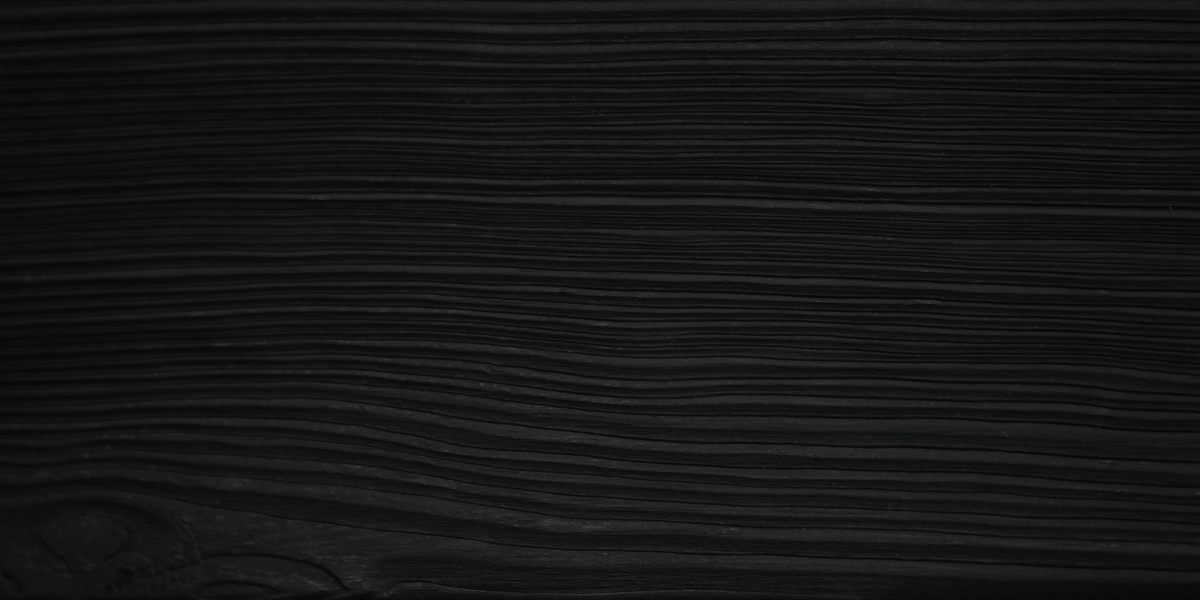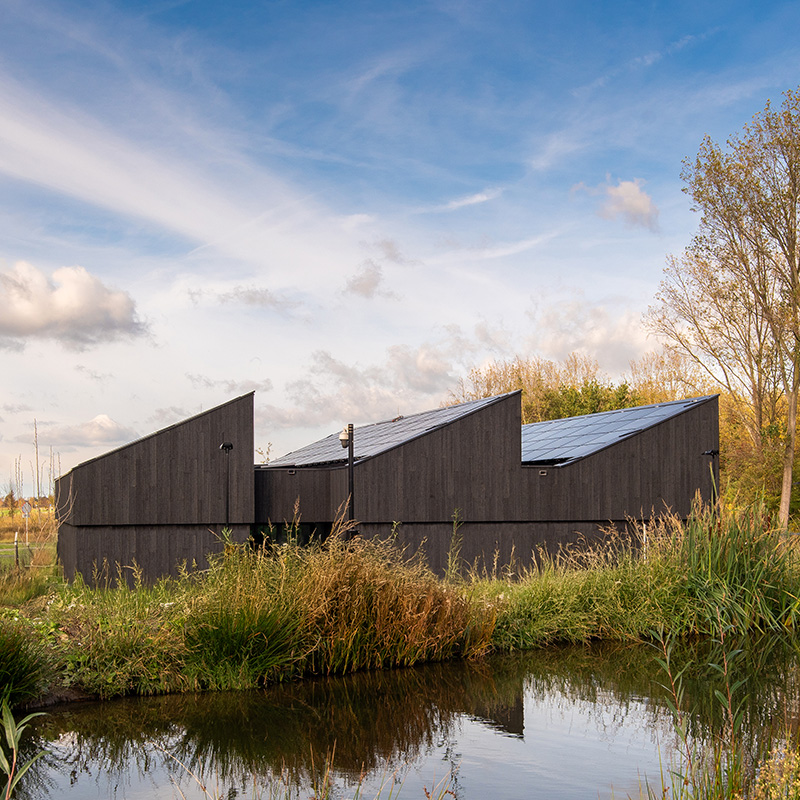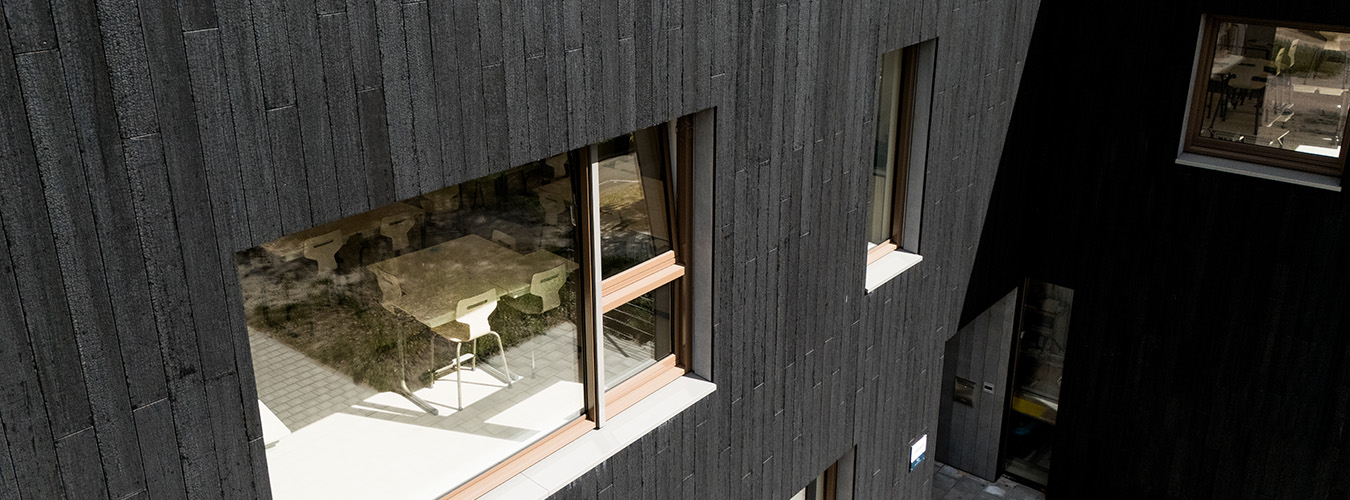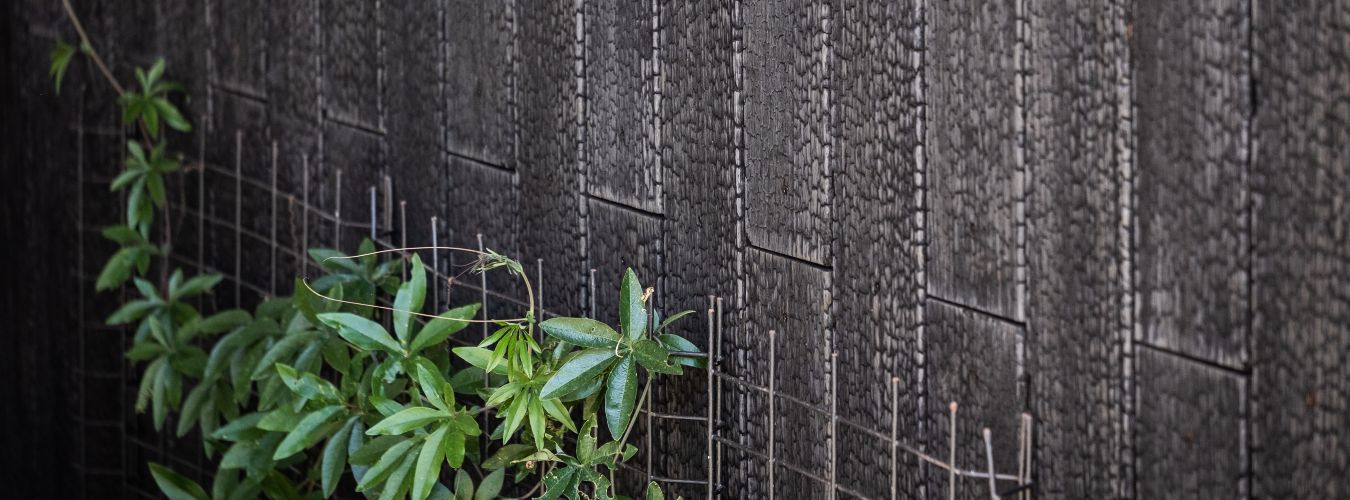Shou Sugi Ban, or Yakisugi, is a traditional Japanese technique in which coniferous wood is charred on one side. Traditionally, this was done by binding three boards together to form a chimney and starting a fire at the bottom. The original reason for charring was, ironically, fire prevention. As Japanese houses were mostly made of wood, inhabitants of the villages and towns were very aware of fire risks. The scorching of the façades created a fire-retardant carbon layer. They also discovered that this layer offered good protection against vermin and fungus. The ancient art of Shou Sugi Ban is still being used on houses on the islands of Kanawa’s prefecture. Shou Sugi Ban or Yakisugi ties in with the Japanese life philosophy of Wabi Sabi, and the pure vision of beauty.
Does the carbon layer always stay the same?
This depends on the type, but in principle the carbon layer of our burnt wood weathers under the influence of wind, rain and hail. The lifespan of the carbon layer depends on the orientation of the facade and the location of the building. The black carbon layer of our burnt wood ages over the years and then acquires a beautiful patina (weathering), such as a light sheen, or a craquelé surface, for example. The natural aging and weathering over time does not detract from the visual appeal, on the contrary, it contributes to it! This fits within the above-mentioned Japanese philosophy of life of Wabi Sabi. On the product data sheets of our products (downloadable on the product page), you can see how the wood ages.
For indoor use we always fix the charred wood. For the exterior we often advise not to fix the wood. This ensures that the charred wood retains a beautiful, natural shine and is also more durable than when the wood is fixed. In the course of time the release of the wood will decrease and for a number of variants this will eventually stop. Most burned types of wood, also for exterior use, can also be fixed if desired. We will be happy to advise you about this.
How do I maintain the Shou Sugi Ban wood?
Unfixed planks with a carbon layer do not require any maintenance.
Wooden boards that have been burned and brushed have a stain or oil layer. This wood requires periodic maintenance every three to five years. If you do not maintain Shodoshima, Takamatsu, Nakatado and Sakaide exterior, the stain layer will eventually harden and flake. Below this, the white wood will emerge and ‘age’.
The product specification sheet that you will find on each product page explains exactly if and what maintenance the different products need. Would you like to find out more about Shou Sugi Ban wood? Feel free to contact us.
